LensCrafters 2012 Annual Report Download - page 196
Download and view the complete annual report
Please find page 196 of the 2012 LensCrafters annual report below. You can navigate through the pages in the report by either clicking on the pages listed below, or by using the keyword search tool below to find specific information within the annual report.-
 1
1 -
 2
2 -
 3
3 -
 4
4 -
 5
5 -
 6
6 -
 7
7 -
 8
8 -
 9
9 -
 10
10 -
 11
11 -
 12
12 -
 13
13 -
 14
14 -
 15
15 -
 16
16 -
 17
17 -
 18
18 -
 19
19 -
 20
20 -
 21
21 -
 22
22 -
 23
23 -
 24
24 -
 25
25 -
 26
26 -
 27
27 -
 28
28 -
 29
29 -
 30
30 -
 31
31 -
 32
32 -
 33
33 -
 34
34 -
 35
35 -
 36
36 -
 37
37 -
 38
38 -
 39
39 -
 40
40 -
 41
41 -
 42
42 -
 43
43 -
 44
44 -
 45
45 -
 46
46 -
 47
47 -
 48
48 -
 49
49 -
 50
50 -
 51
51 -
 52
52 -
 53
53 -
 54
54 -
 55
55 -
 56
56 -
 57
57 -
 58
58 -
 59
59 -
 60
60 -
 61
61 -
 62
62 -
 63
63 -
 64
64 -
 65
65 -
 66
66 -
 67
67 -
 68
68 -
 69
69 -
 70
70 -
 71
71 -
 72
72 -
 73
73 -
 74
74 -
 75
75 -
 76
76 -
 77
77 -
 78
78 -
 79
79 -
 80
80 -
 81
81 -
 82
82 -
 83
83 -
 84
84 -
 85
85 -
 86
86 -
 87
87 -
 88
88 -
 89
89 -
 90
90 -
 91
91 -
 92
92 -
 93
93 -
 94
94 -
 95
95 -
 96
96 -
 97
97 -
 98
98 -
 99
99 -
 100
100 -
 101
101 -
 102
102 -
 103
103 -
 104
104 -
 105
105 -
 106
106 -
 107
107 -
 108
108 -
 109
109 -
 110
110 -
 111
111 -
 112
112 -
 113
113 -
 114
114 -
 115
115 -
 116
116 -
 117
117 -
 118
118 -
 119
119 -
 120
120 -
 121
121 -
 122
122 -
 123
123 -
 124
124 -
 125
125 -
 126
126 -
 127
127 -
 128
128 -
 129
129 -
 130
130 -
 131
131 -
 132
132 -
 133
133 -
 134
134 -
 135
135 -
 136
136 -
 137
137 -
 138
138 -
 139
139 -
 140
140 -
 141
141 -
 142
142 -
 143
143 -
 144
144 -
 145
145 -
 146
146 -
 147
147 -
 148
148 -
 149
149 -
 150
150 -
 151
151 -
 152
152 -
 153
153 -
 154
154 -
 155
155 -
 156
156 -
 157
157 -
 158
158 -
 159
159 -
 160
160 -
 161
161 -
 162
162 -
 163
163 -
 164
164 -
 165
165 -
 166
166 -
 167
167 -
 168
168 -
 169
169 -
 170
170 -
 171
171 -
 172
172 -
 173
173 -
 174
174 -
 175
175 -
 176
176 -
 177
177 -
 178
178 -
 179
179 -
 180
180 -
 181
181 -
 182
182 -
 183
183 -
 184
184 -
 185
185 -
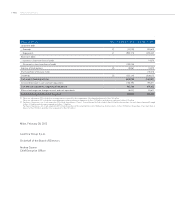 186
186 -
 187
187 -
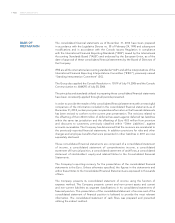 188
188 -
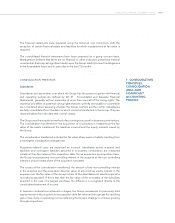 189
189 -
 190
190 -
 191
191 -
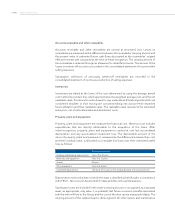 192
192 -
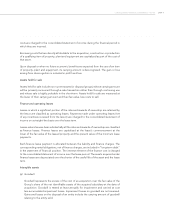 193
193 -
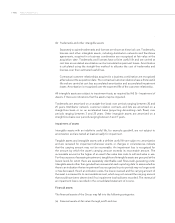 194
194 -
 195
195 -
 196
196 -
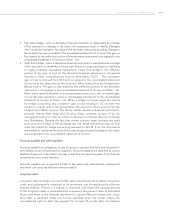 197
197 -
 198
198 -
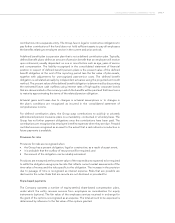 199
199 -
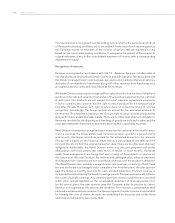 200
200 -
 201
201 -
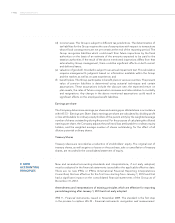 202
202 -
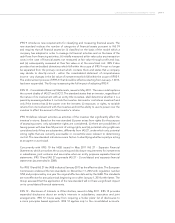 203
203 -
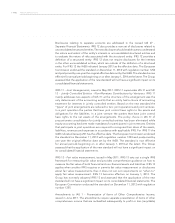 204
204 -
 205
205 -
 206
206 -
 207
207 -
 208
208 -
 209
209 -
 210
210 -
 211
211 -
 212
212 -
 213
213 -
 214
214 -
 215
215 -
 216
216 -
 217
217 -
 218
218 -
 219
219 -
 220
220 -
 221
221 -
 222
222 -
 223
223 -
 224
224 -
 225
225 -
 226
226 -
 227
227 -
 228
228 -
 229
229 -
 230
230 -
 231
231 -
 232
232 -
 233
233 -
 234
234 -
 235
235 -
 236
236 -
 237
237 -
 238
238 -
 239
239 -
 240
240 -
 241
241 -
 242
242 -
 243
243 -
 244
244 -
 245
245 -
 246
246 -
 247
247 -
 248
248 -
 249
249 -
 250
250 -
 251
251 -
 252
252 -
 253
253 -
 254
254 -
 255
255 -
 256
256 -
 257
257 -
 258
258 -
 259
259 -
 260
260 -
 261
261 -
 262
262 -
 263
263 -
 264
264 -
 265
265 -
 266
266 -
 267
267 -
 268
268 -
 269
269 -
 270
270 -
 271
271 -
 272
272 -
 273
273 -
 274
274 -
 275
275 -
 276
276 -
 277
277 -
 278
278 -
 279
279
 |
 |

ANNUAL REPORT 2012> 110 |
market. If the market for a financial asset is not active (or if it refers to non-listed securities),
the Group defines the fair value by utilizing valuation techniques. These techniques include
using recent arms-length market transactions between knowledgeable willing parties, if
available, reference to the current fair value of another instrument that is substantially the
same, discounted cash flows analysis, and pricing models based on observable market
inputs, which are consistent with the instruments under valuation.
The valuation techniques are primarily based on observable market data as opposed to
internal sources of information.
At each reporting date, the Group assesses whether there is objective evidence that a
financial asset is impaired. In the case of investments classified as financial assets held
for sale, a prolonged or significant decline in the fair value of the investment below its
cost is also considered an indicator that the asset is impaired. If any such evidence exists
for an available-for-sale financial asset, the cumulative loss, measured as the difference
between the cost of acquisition and the current fair value, net any impairment loss
previously recognized in the consolidated statement of income, is removed from equity
and recognized in the consolidated statement of income.
Any impairment loss recognized on an investment classified as an available-for-sale
financial asset is not reversed.
Derivative financial instruments
Derivative financial instruments are accounted for in accordance with IAS 39 - Financial
Instruments: Recognition and Measurement.
At the date the derivative contract is entered into, derivative instruments are accounted for
at their fair value and, if they are not designated as hedging instruments, any changes in
fair value after initial recognition are recognized as components of net income for the year.
If, on the other hand, derivative instruments meet the requirements for being classified as
hedging instruments, any subsequent changes in fair value are recognized according to
the following criteria, as illustrated below.
The Group designates certain derivatives as instruments for hedging specific risks
associated with highly probable transactions (cash flow hedges).
For each derivative financial instrument designated as a hedging instrument, the Group
documents the relationship between the hedging instrument and the hedged item, as well
as the risk management objectives, the hedging strategy and the methodology to measure
the hedging effectiveness. The hedging effectiveness of the instruments is assessed both
at the hedge inception date and on an ongoing basis. A hedging instrument is considered
highly effective when both at the inception date and during the life of the instrument, any
changes in fair value of the derivative instrument offset the changes in fair value or cash
flows attributable to the hedged items.
If the derivative instruments are eligible for hedge accounting, the following accounting
criteria are applicable:
